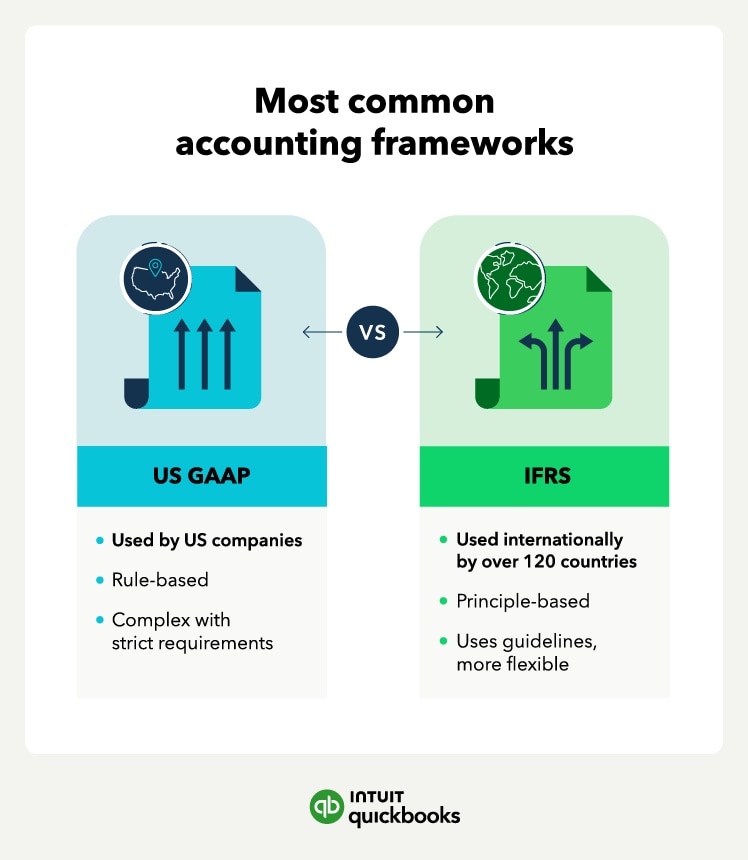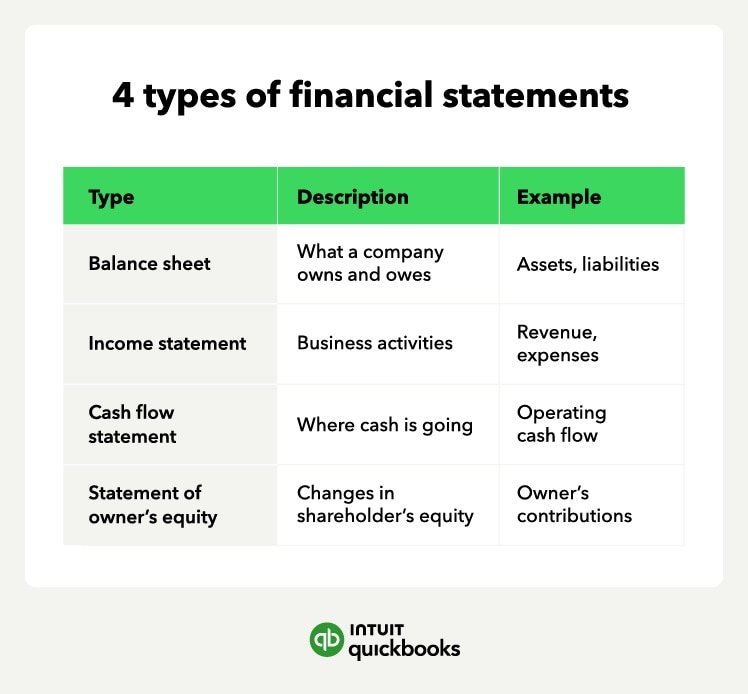Financial accounting examples
Companies of all sizes and industries use financial accounting. Here are three financial accounting examples that show the system in action.
Professional services companies
Professional service companies, such as dentists, lawyers, landscapers, and marketing agencies, all benefit from financial accounting. For example, a dentist is selling their business. The first things potential buyers will ask for are financial statements.
If they use financial accounting software, it’ll be easy to create and generate financials for various periods. Let’s say the interested buyer asks for the income statement for the last 12 months to calculate the business's net profit margin.
On the income statement, the business generated $900,000 in sales and had $630,000 in expenses. Its net income shows $270,000. The financial statement makes the net profit margin a quick calculation—$270,000 divided by $900,000, or 30%.
Manufacturers
Companies that make products, such as manufacturers, also use financial accounting. The big benefit for these companies is that they can track their cost of goods sold (COGS), which is the direct cost of producing their products. It includes raw materials, labor, and overhead
The company can run financial statements to assess the profitability of its products quickly.
For example, over the last three months, they've generated $1 million in monthly sales. COGS has increased from $250,000 to $300,000.
With a detailed view of the income statement, the company finds that raw material costs are rising due to inflation. Further analysis can reveal ways to protect their business from inflation, such as buying more supplies in bulk and embracing automation.
Consumer goods businesses
An e-commerce store is using financial accounting to track inventory. They're also using past financial statements to estimate how much inventory they need on hand.
By doing so, they avoid missing sales due to out-of-stock items. But it also keeps them from tying up too much of their money in inventory that could become obsolete.
The concept of financial accounting is necessary for any company that needs to track inventory. Holding too much inventory could mean having to mark it down later. It also limits the available cash for investing in other parts of the business.














